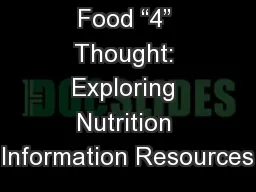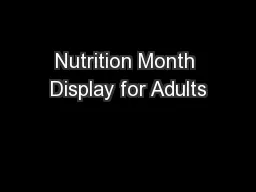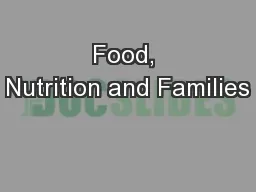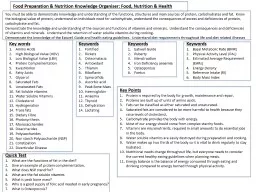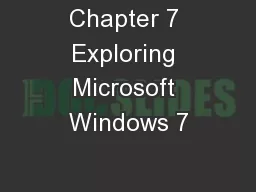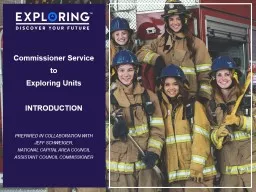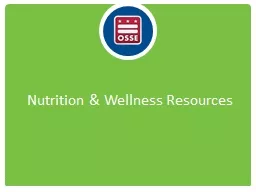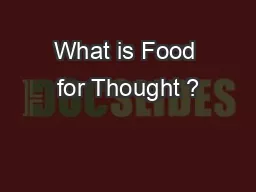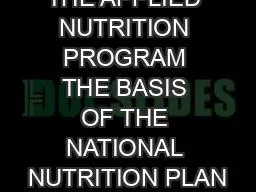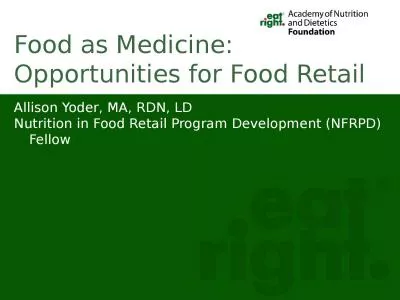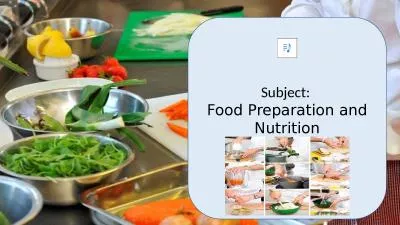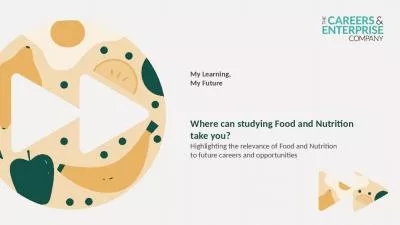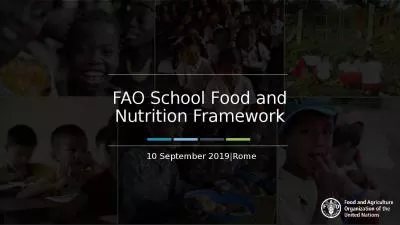PPT-Food “4” Thought: Exploring Nutrition Information Resources
Author : liane-varnes | Published Date : 2018-11-16
National Network of Libraries of Medicine Pacific Southwest Region Becky Swift Director Phoenix Indian Medical Center Medical Library Kay Deeney Educational Services
Presentation Embed Code
Download Presentation
Download Presentation The PPT/PDF document "Food “4” Thought: Exploring Nutritio..." is the property of its rightful owner. Permission is granted to download and print the materials on this website for personal, non-commercial use only, and to display it on your personal computer provided you do not modify the materials and that you retain all copyright notices contained in the materials. By downloading content from our website, you accept the terms of this agreement.
Food “4” Thought: Exploring Nutrition Information Resources: Transcript
Download Rules Of Document
"Food “4” Thought: Exploring Nutrition Information Resources"The content belongs to its owner. You may download and print it for personal use, without modification, and keep all copyright notices. By downloading, you agree to these terms.
Related Documents

